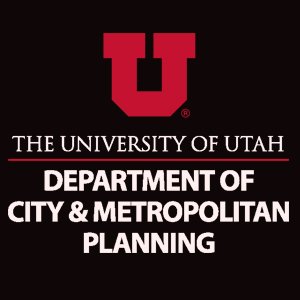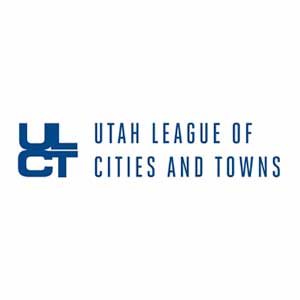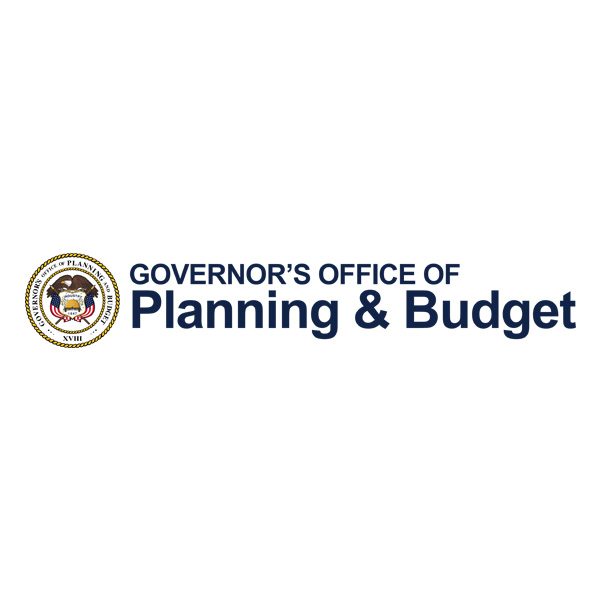Political Partisanship and Transportation Reform
March 19, 2022 by admin
Policy/Legislative
Is transportation policy drawn by party lines? In “Political Partisanship and Transportation Reform” (Journal of the American Planning Association, Vol. 88, No. 2) researchers Nicholas J. Klein, Kelcie Ralph, Calvin Thigpen, and Anne Brown investigate the role of partisanship in support for transportation policies and investments.
A representative survey of 600 U.S. adults centered on four key factors potentially related to transportation policy preferences:
- Self-interest
- Transportation-related values
- Beliefs about the possibility of change
- Factual knowledge about transportation
In effort to identify associations between partisanship and policy preferences, Klein et al. asked two questions: Does this factor vary by political orientation? Does this factor relate to transportation policy preferences?
Their findings uncover “considerable support for change but also deep partisan divides.” Across all policy reforms support was linked to political ideology: conservatives favored, and liberals challenged, the car-oriented status quo.

Willingness to change transportation policy preferences.
The “Self-Interest” pathway revealed strong partisan associations with travel patterns despite high levels of car ownership irrespective of political party. For example, the figure above demonstrates a correlation between political ideology and the desire to shift more trips towards public transit, walking, and bicycling. For the “Values” pathway, conservatives are three times as likely to believe the practice of using gas taxes for alternative forms of transportation is an unfair policy and eight times more likely to assert that government regulation “goes too far.”
The data confirmed a similar pattern of partisan divide for the desirability of transportation change. Conservatives were more likely to be skeptical that investment in alternative transportation could alter travel patterns. Optimistically, the researchers find that some views on the possibility of change are party-blind, exemplified by the 64 percent of both liberals and conservatives who do not necessarily see transportation changes as a zero-sum game.
The final pathway of knowledge of transportation facts did vary by partisanship. Interestingly, correct knowledge about transportation funding sources did not “meaningfully increase the likelihood that a respondent would support transportation policy reform.”
The conclusions of this research generate implications for transportation policy. Geographic sorting along policy lines could lead to conflicts where support for policies aimed at decarbonizing transportation is shared at the local level but remains deadlocked at the more politically polarized scales of regional, state, and federal bodies.
While climate change is more effectively curtailed through federal and state initiatives, I agree that local planners ought to begin to lay the groundwork of inching local political opinion towards comprehensive structural changes within their respective communities. Klein et al. suggest examples of alternative futures, tactical urbanism, or pilot programs. In hopes to not further increase the partisan divide, city planners can leverage this knowledge to delicately navigate the complex landscape between partisanship and policy preferences.
The Journal of the American Planning Association is the quarterly journal of record for the planning profession. For full access to the JAPA archive, APA members may purchase a discounted digital subscription for $36/year.
Top Image: zview/iStock/Gettyimages.com
ABOUT THE AUTHOR
Recent News
- » Hurry, it’s the final week to grab your conference tickets at regular prices!
- » 2024 APA UT Spring Conference: Cedar City, UT. The Call For Sessions is Currently Open.
- » Planning in the news: BYU students aim to eliminate parking woes through AI tracking system
- » Planning in the news: Living in Daybreak- What residents say the Utah community is really like
- » Planning In The News: Planning Commission green lights proposed ban on gas stations near waterways and parks
- » As states argue over who should cut their Colorado River use, a new plan puts the environment first

































